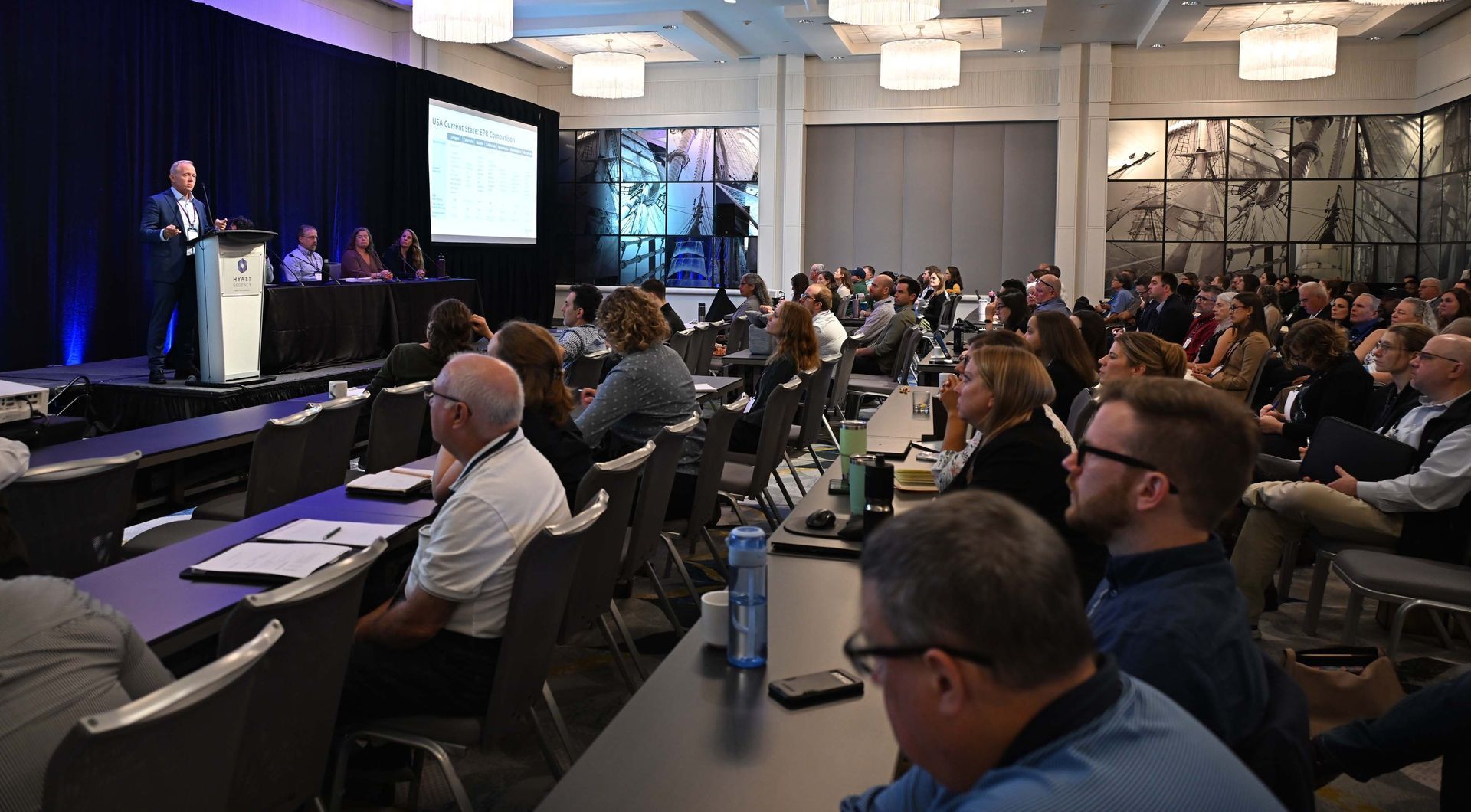Simple Seasonal Offerings
November 28, 2017
“'Tis the gift to be simple, 'tis the gift to be free…”
"Simple Gifts" is a Shaker song composed by Elder Joseph Brackett in 1848. Nearly two centuries later, keeping in mind that simple things can enhance the holidays experience remains sage advice. Incorporating the “3R’s”—reduce, reuse and recycle—into the holiday season allows us to focus on “the simple.”
Holiday Cards
Sending locally made cards helps promote local artists. Or, consider purchasing cards made of recycled content. If you are inclined to save received greeting cards, they make great gift tags. Cut out shapes, write a message on the blank side, make a hole in the tag, and attach with ribbon (used, of course!) or yarn.
Wrapping Paper
Dish towels, scarfs, and similar items make practical and reusable gift wrapping. Of course, saving wrapping paper and gift bags for reuse is also thrifty and environmentally-minded. To keep this year’s received wrapping paper in good shape, iron on low as needed (on the wrong side of the paper), fold, and store flattened. There are loads of tips on reusing wrapping paper, and other “green gift” ideas, on the Gift Decorating website.
Holiday Decorating
Buying locally grown trees helps to support the local economy. Consider environmentally-friendly decorating, such as sprinkling the tree with some baking powder to make a “snowy” appearance. Be sure to find out about Christmas tree mulching opportunities. For those with large yards or acreage, consider reusing the tree to provide cover for birds, rabbits, and other critters during inclement weather. The tree can also be covered with strands of popcorn and cranberries for wildlife, or used as a holder for a pine cone feeder for birds.
Hosting a holiday decorating party with family and friends is a wonderful way to share the season. Making homemade holiday decorations out of paper and other natural or found objects can be entertaining. Edible ornaments from cookies, and popcorn or cranberry “strings”, are fun and delicious ways to decorate.
Simple Gifts
Got talent? Consider the following:
- Create a photo collage of memorable photos for the gift recipient.
- Make a recipe booklet of your favorite recipes, family cooking traditions, holiday theme meals, etc.
- Compile a list of memories for the gift recipient and display them in an artistic manner.
- Videotape or record an interview with parents, siblings, or other relatives about childhood memories, how they met, family history and events, etc., and present it to family members.
- Make flavored oils or alcohol, homemade granola, or spice mixes for gifts.
- Bake homemade treats and pack them in a recycled tin or basket.
- Make a calendar with photos of family members, family events, and/or local scenery; blank calendar templates can be purchased online.
Not so crafty?
Consider purchasing local-made items, crafts, or other gifts to support the local economy and artists. Music lessons, gift certificates to local events, school and sporting needs, etc., are welcome creative gifts. Reusable baskets or containers of local cheeses and other locally purchased items are another thoughtful idea. Consider “themed” gift basket, such as a “breakfast basket” (locally made bread, jam, etc.) or “special evening” basket (wine, cheese, and crackers).
Gifts of “experiences” are different and exciting. A fun idea for kids is a subscription to a “monthly surprise family activity.” This gift can be made practical to fit any family budget, provides for family together time, and fosters new explorations as a family. Gift certificates to a spa, sports game, concert hall, or movie make great “experience” gifts as well. The gift of “time,” such as “gift certificate” for mowing the lawn, cooking a meal, walking the dog, or other helpful chores is always appreciated as well.
A compost bin or kitchen collection bin make great holiday gifts, and composting is a wonderful New Year’s resolution!
Gifts with a reuse theme
- Clean out the closets and fill an old trunk or suitcase with fun clothing, hats, shoes, and gaudy jewelry for children to play dress-up.
- A trip to a local reuse center or thrift store offers a wealth of gift options, including attractive vintage clothing, jewelry boxes, vases, lunch boxes, games, and more. Used clothing, jewelry, and other items can be repurposed into a variety of “new” gifts.
- Buy a used book and inside the cover write a dedication explaining why you chose the book for the gift recipient.
- Make envelopes out of magazine pages and combine these with blank stationary paper purchased from an office supply or craft store to make homemade stationary sets for gifts. A reusable pen can be included for an additional touch.
- Host a “swap party” gift exchange for an entertaining reuse activity. Add extra fun by playing the gift-switching game White Elephant.
- “Regifting” (with tact) is also an appropriate reuse option.
The holidays remind us of the needs of those less fortunate than us. Consider involving the family in donating usable clothing, toys, household items, and other items to local charities. Building reuse centers will accept usable building materials, tools, and hardware; many will also accept appliances.
Holiday meals and parties
Advanced preparation for leftovers will not only reduce waste, but also allow holiday meal guests to enjoy leftovers. Plan now by saving yogurt and butter containers for leftover storage; also, encourage holiday guests to bring their own containers for taking home leftovers.
Be ready with extra containers for freezing leftovers. And, be creative by exploring new dishes with holiday leftovers. The Internet is filled with creative cooking ideas for leftovers!
By Athena Lee Bradley
Share Post





